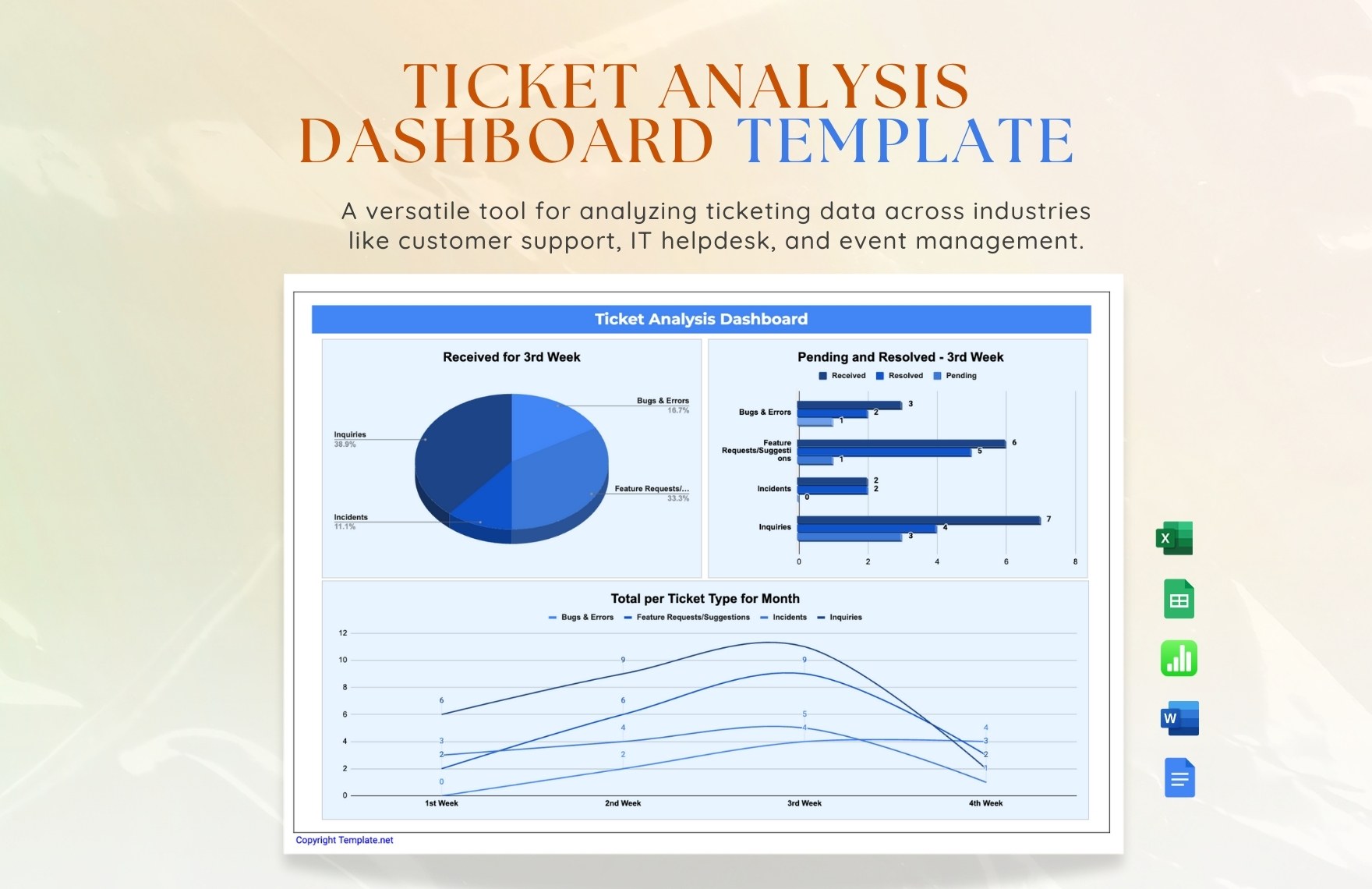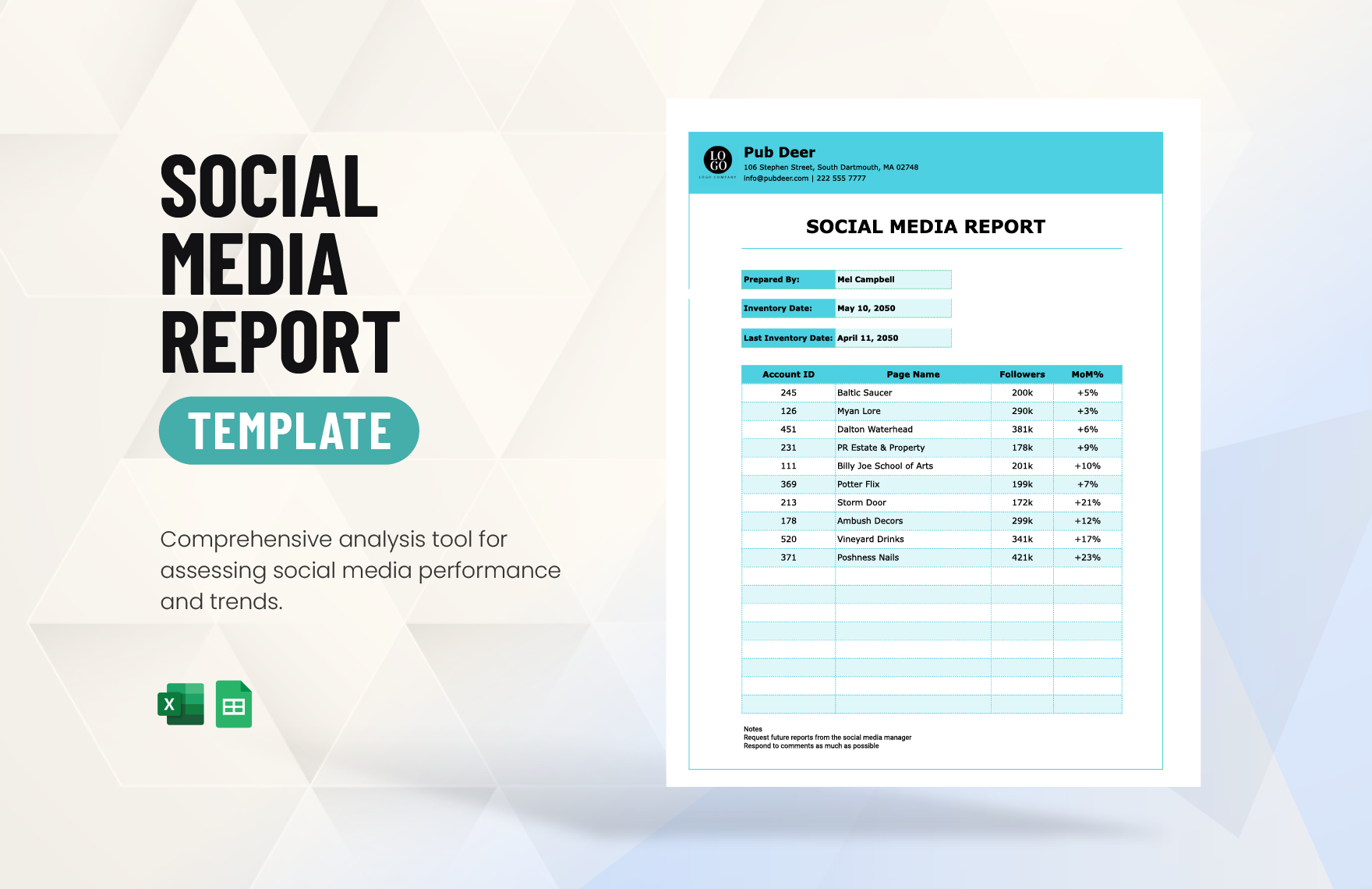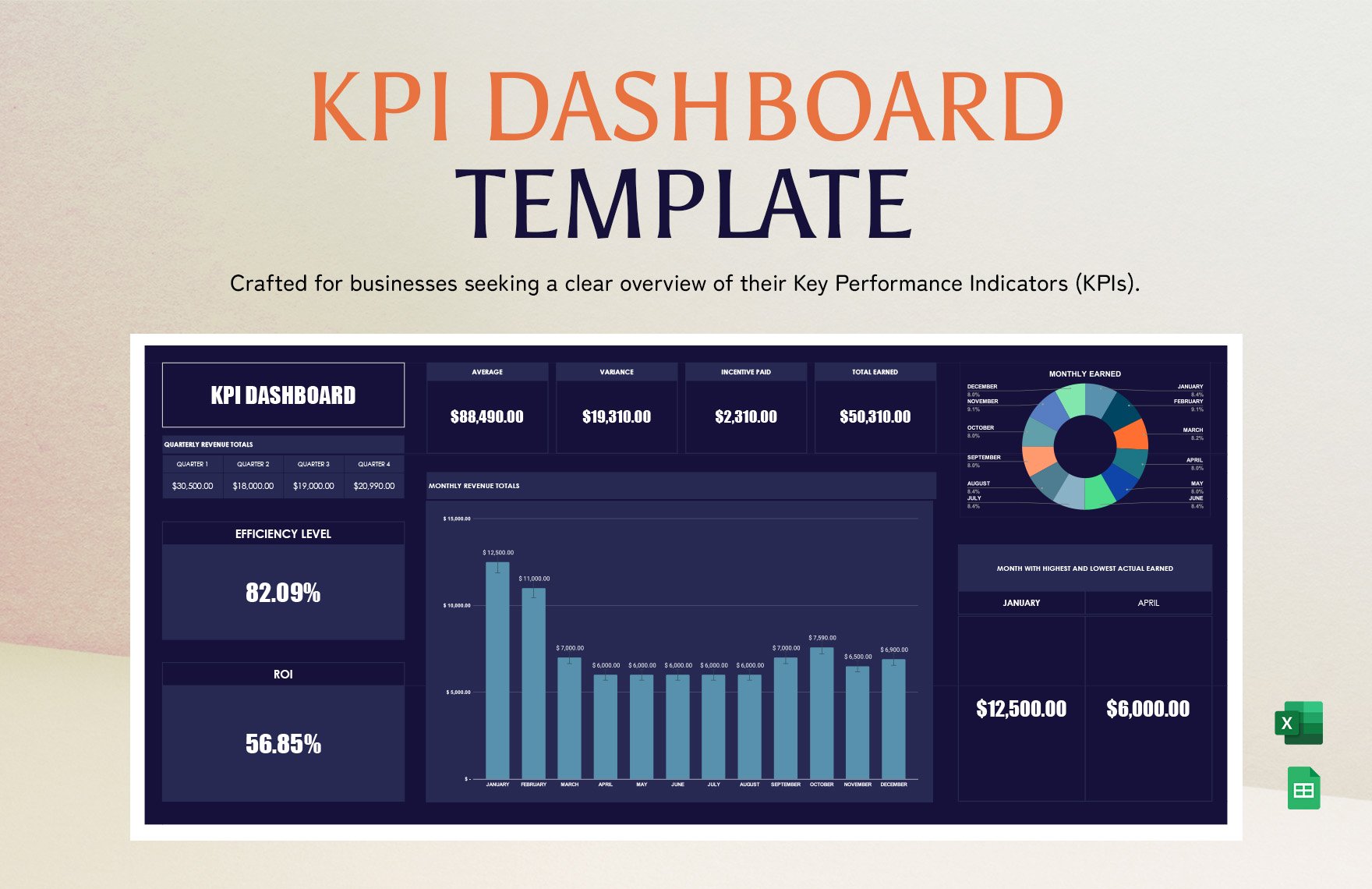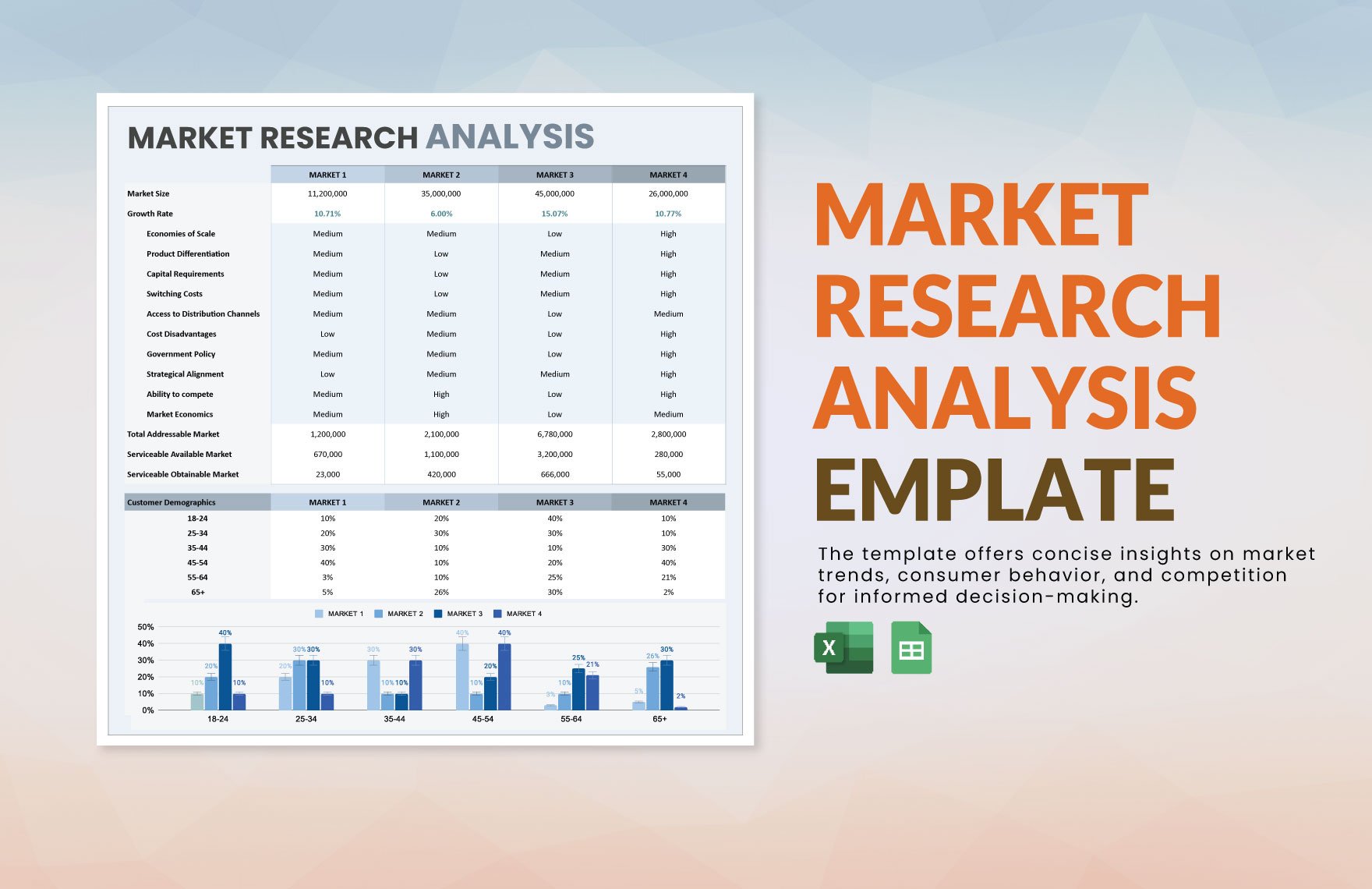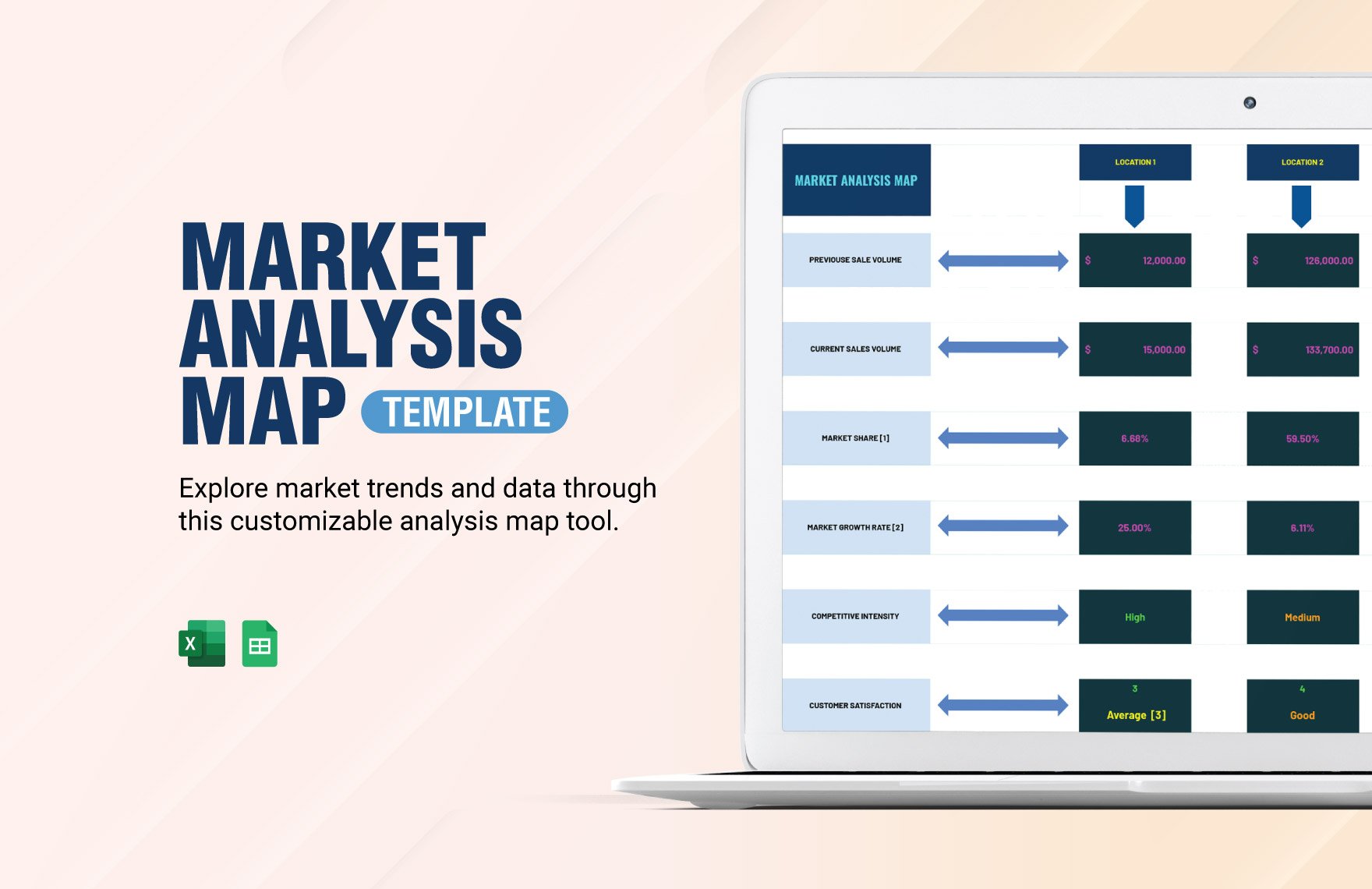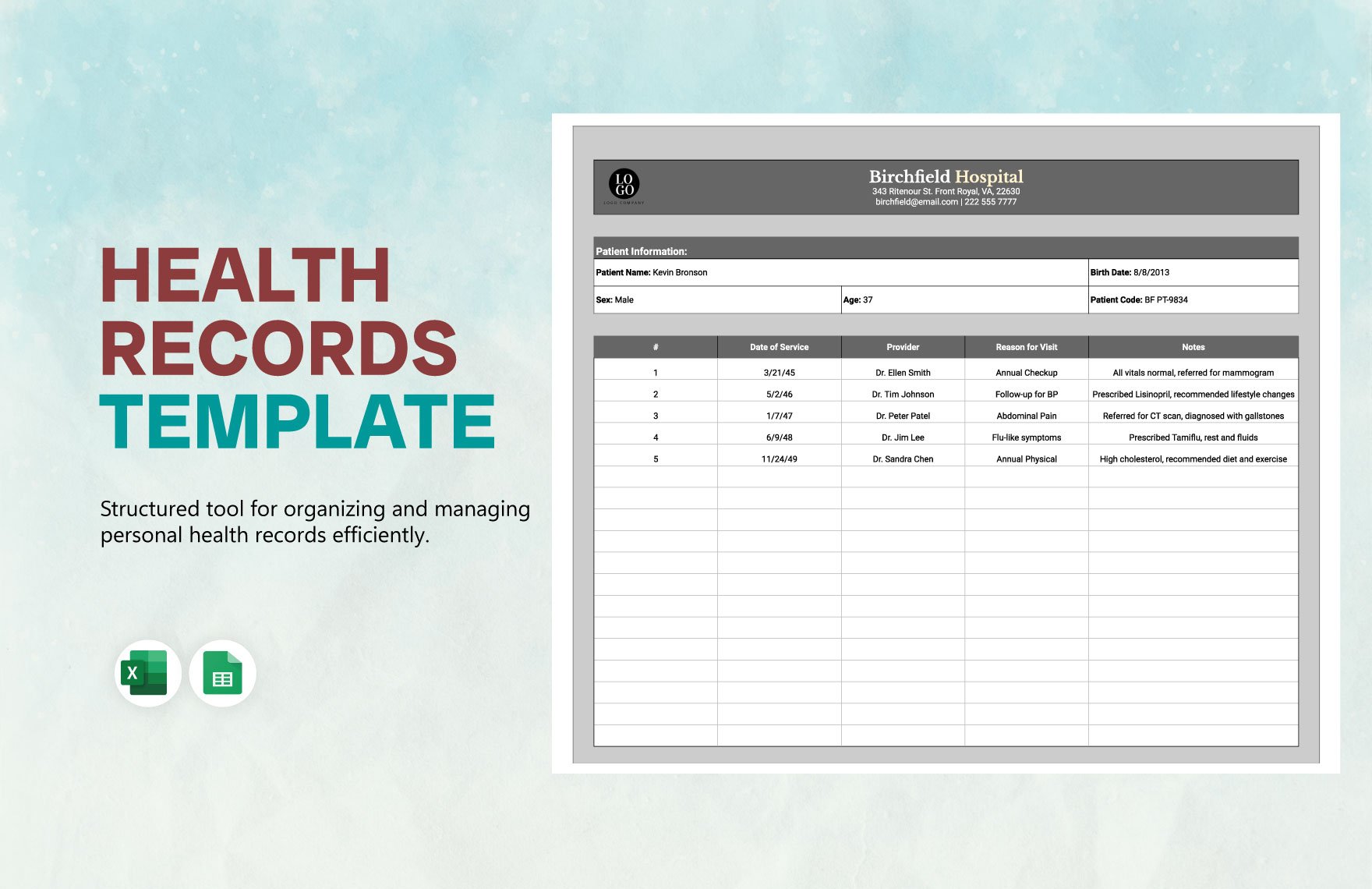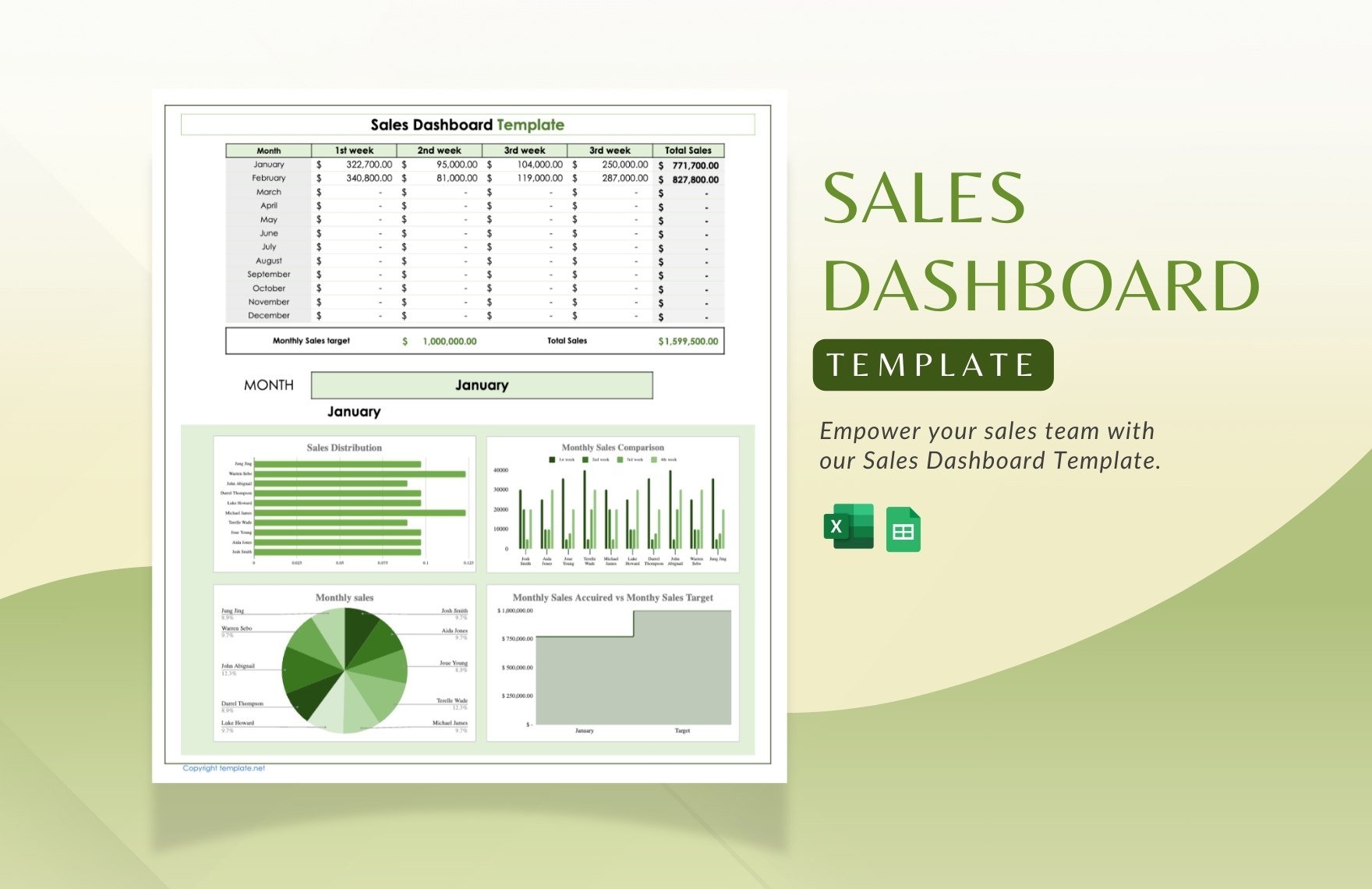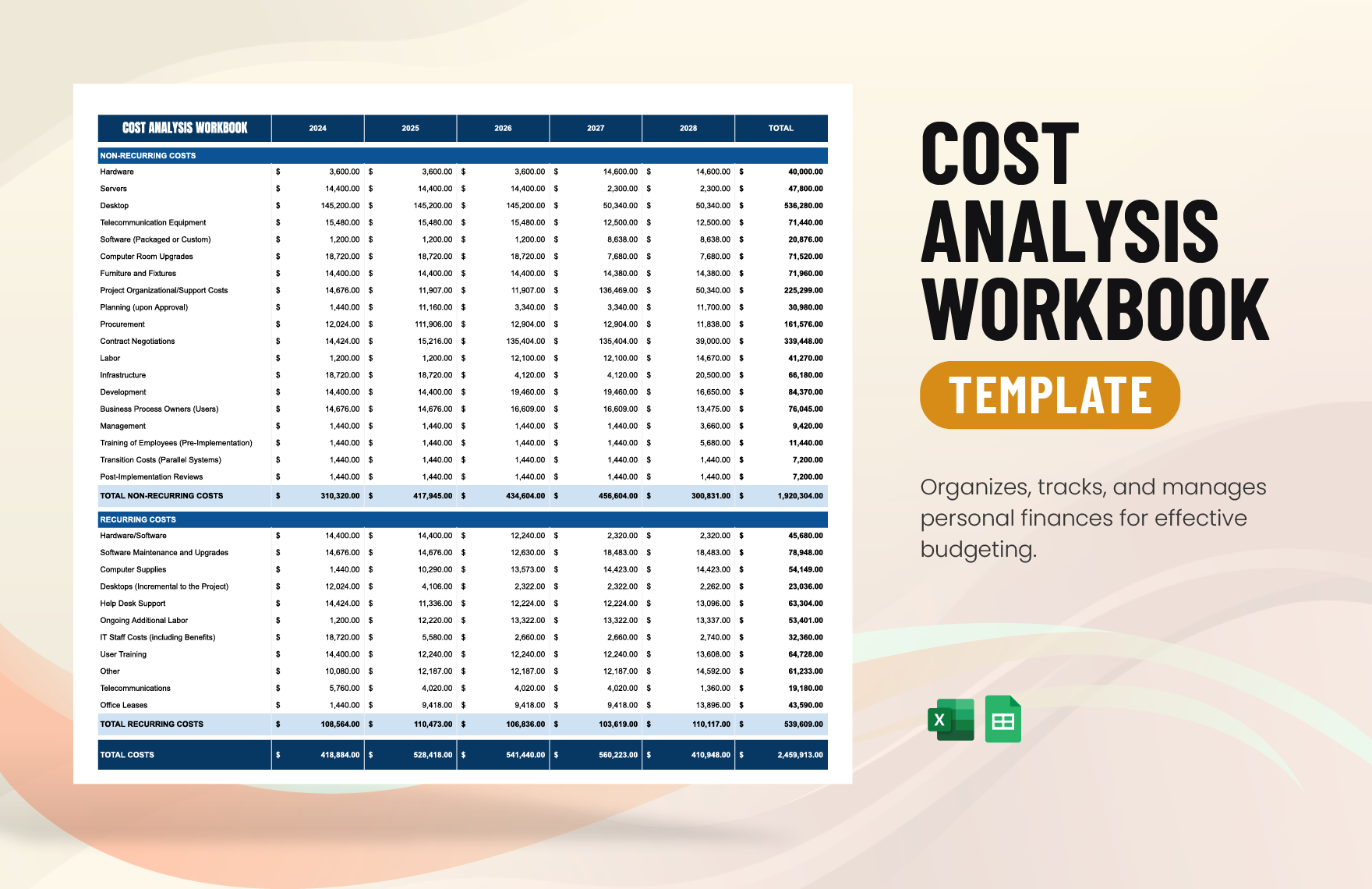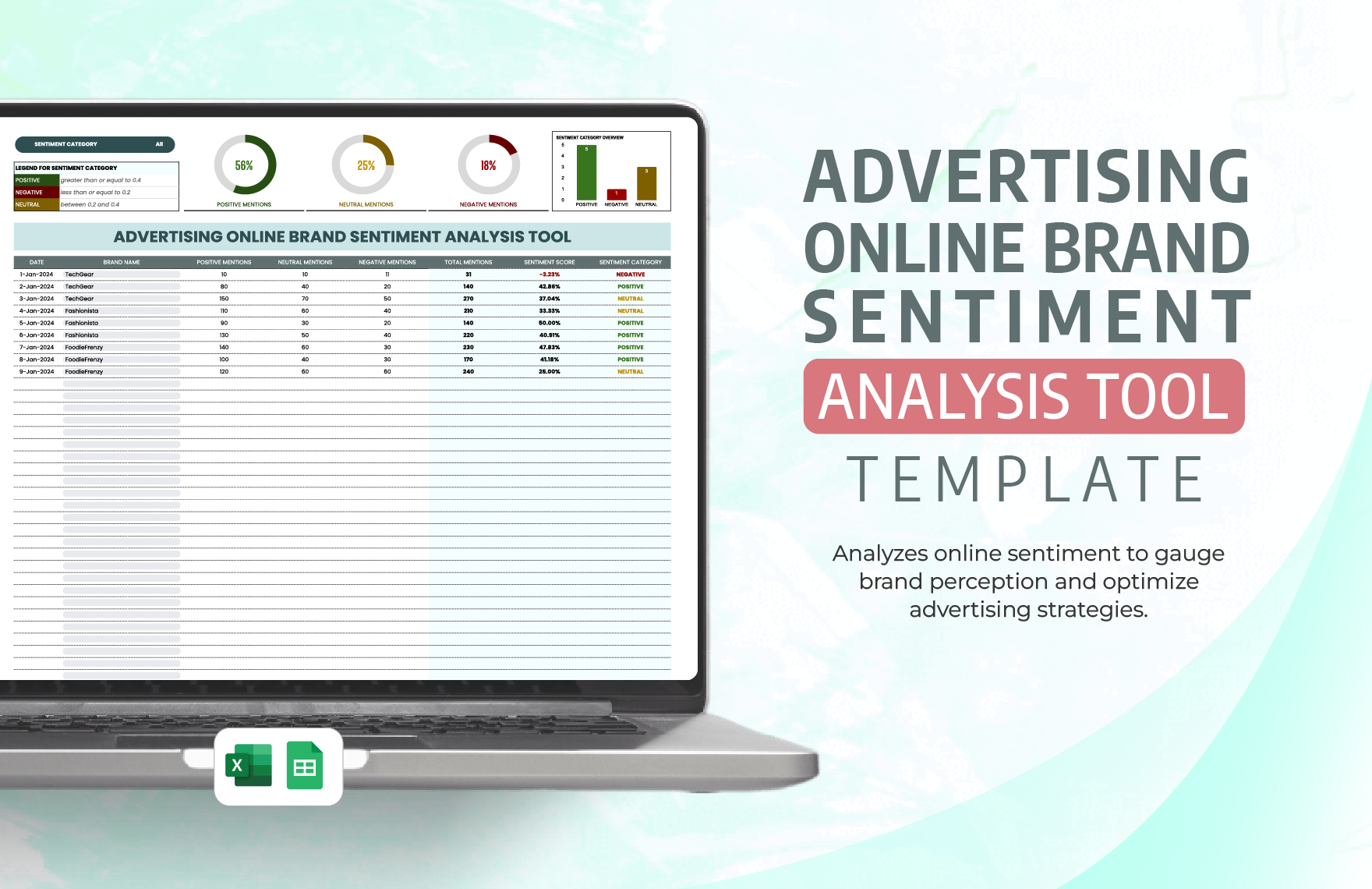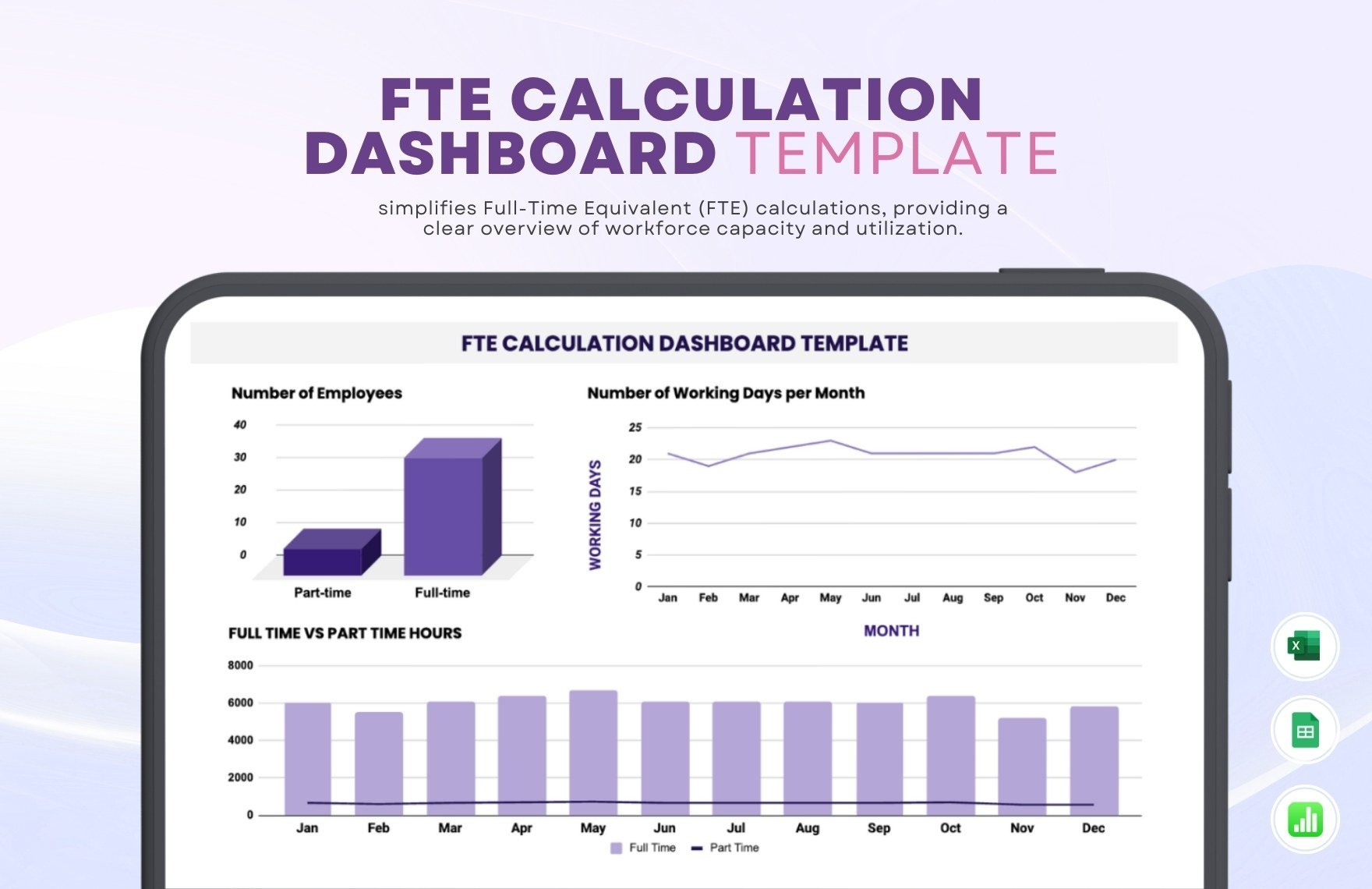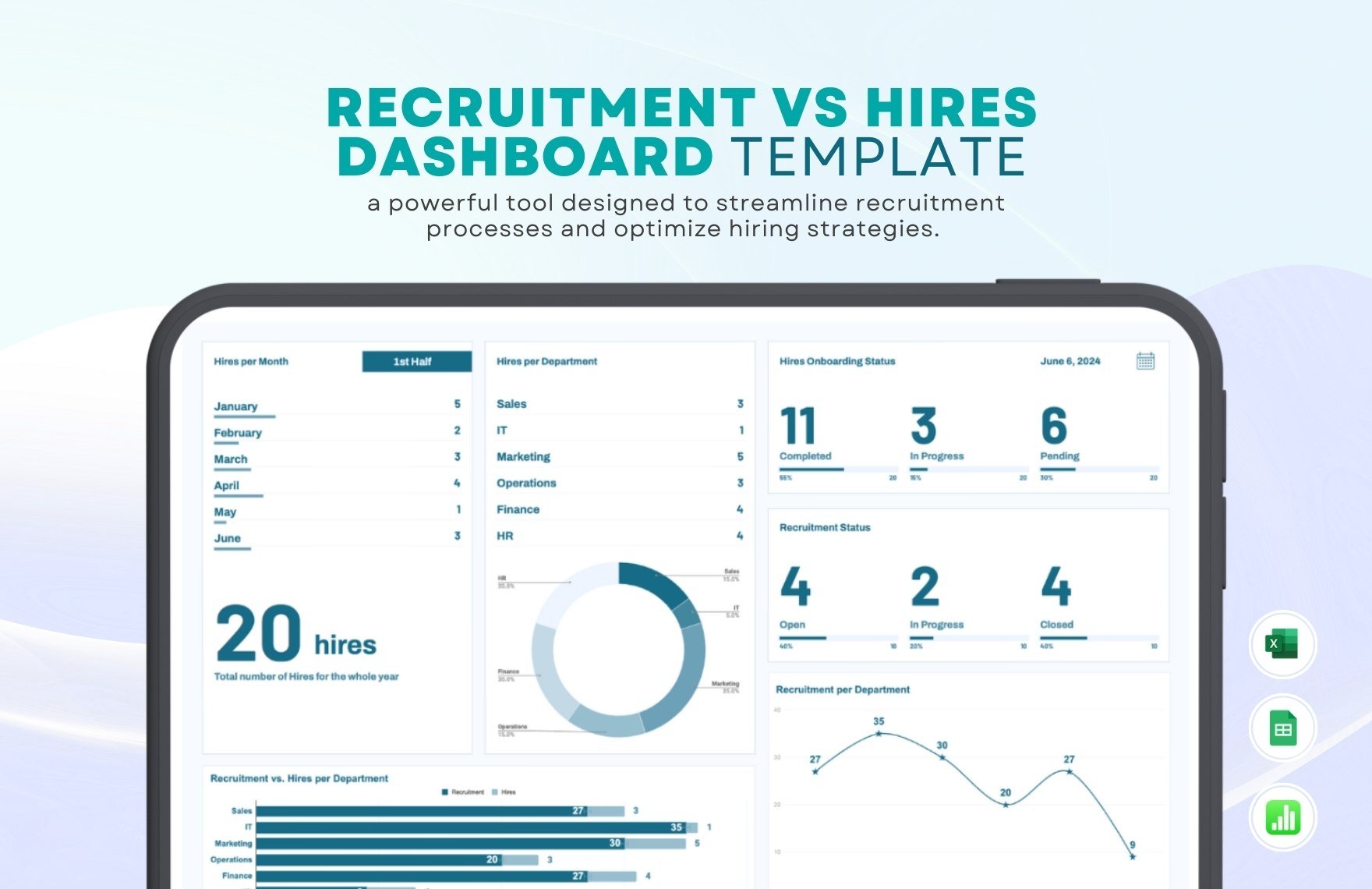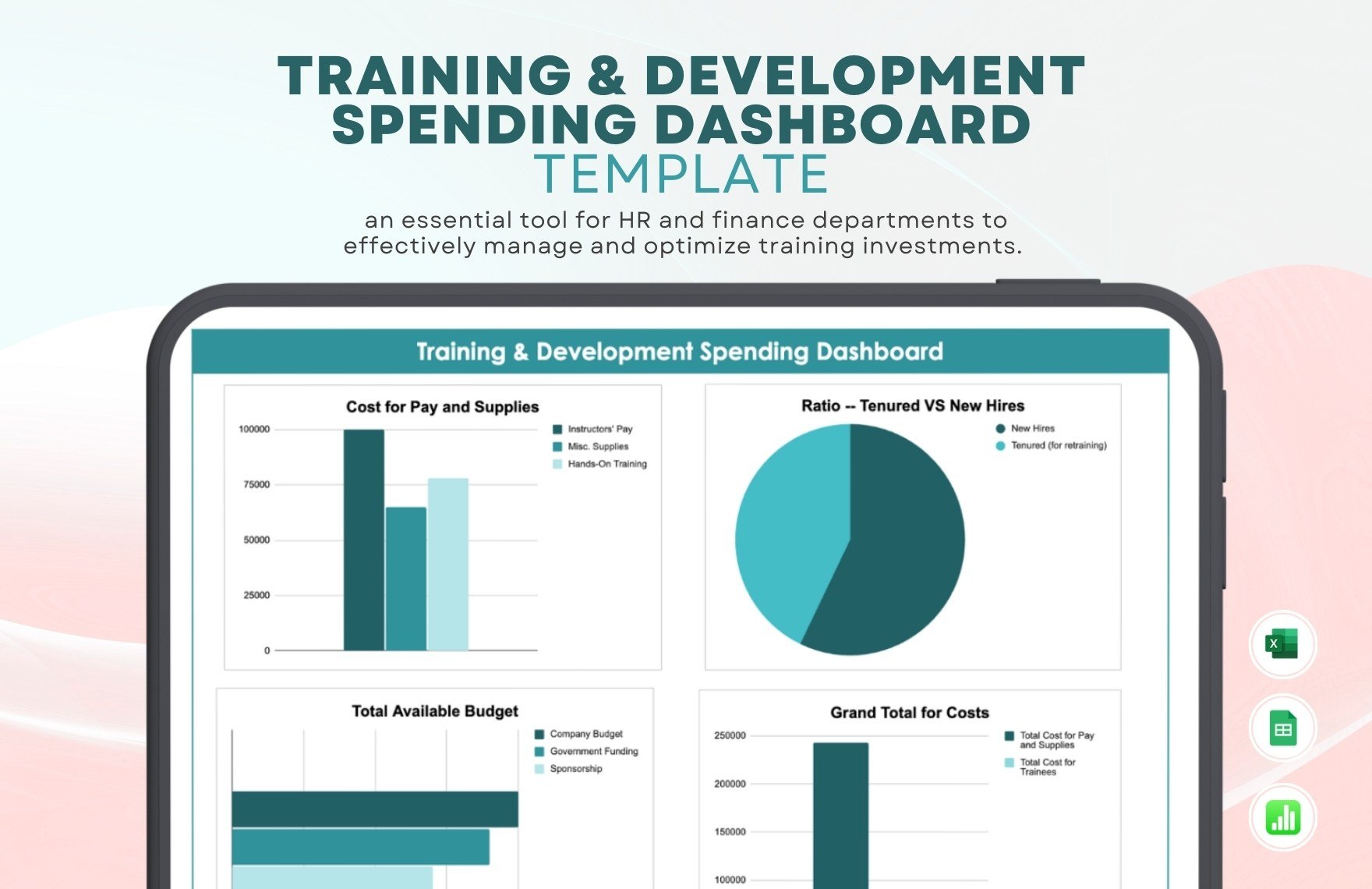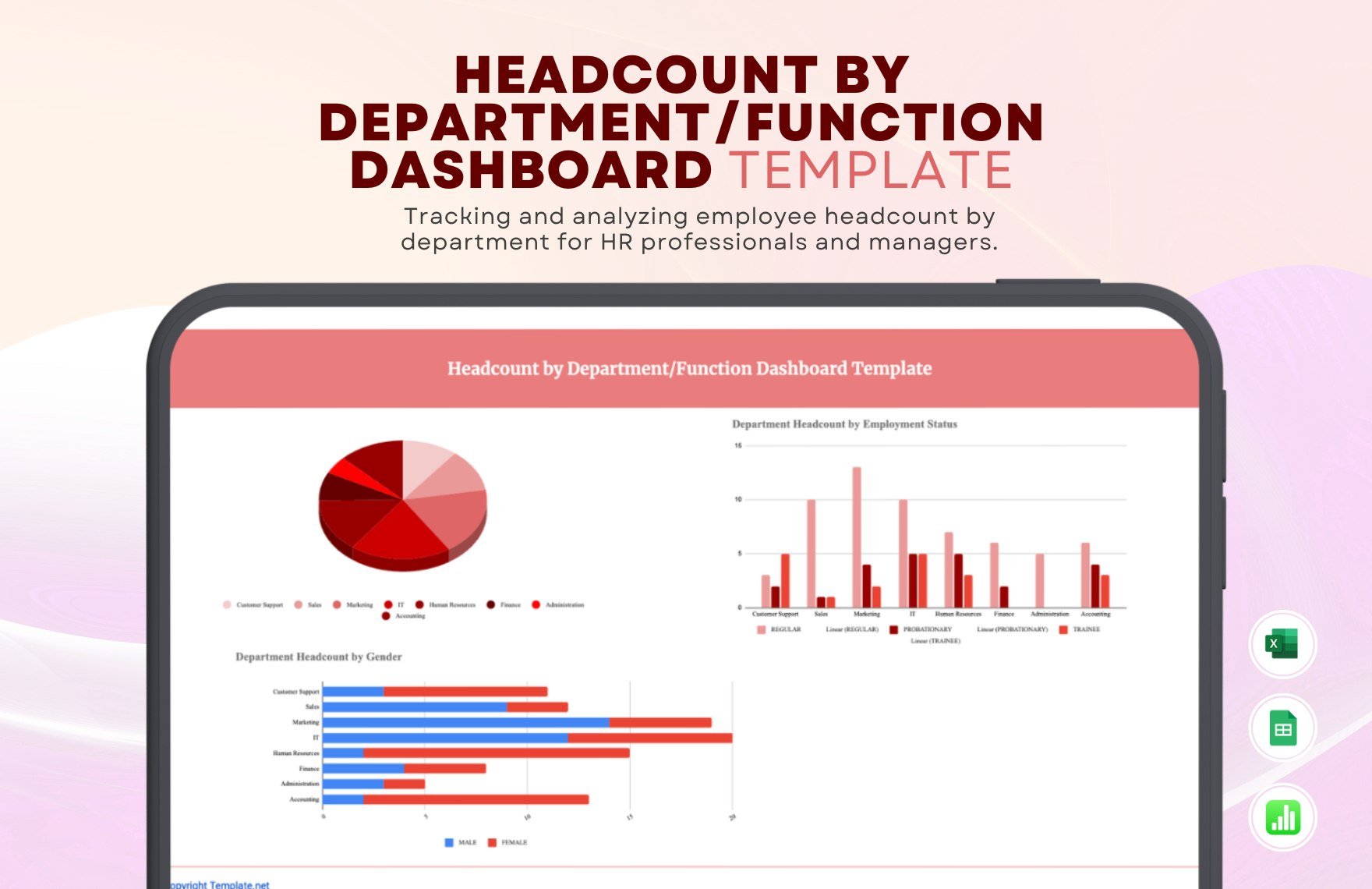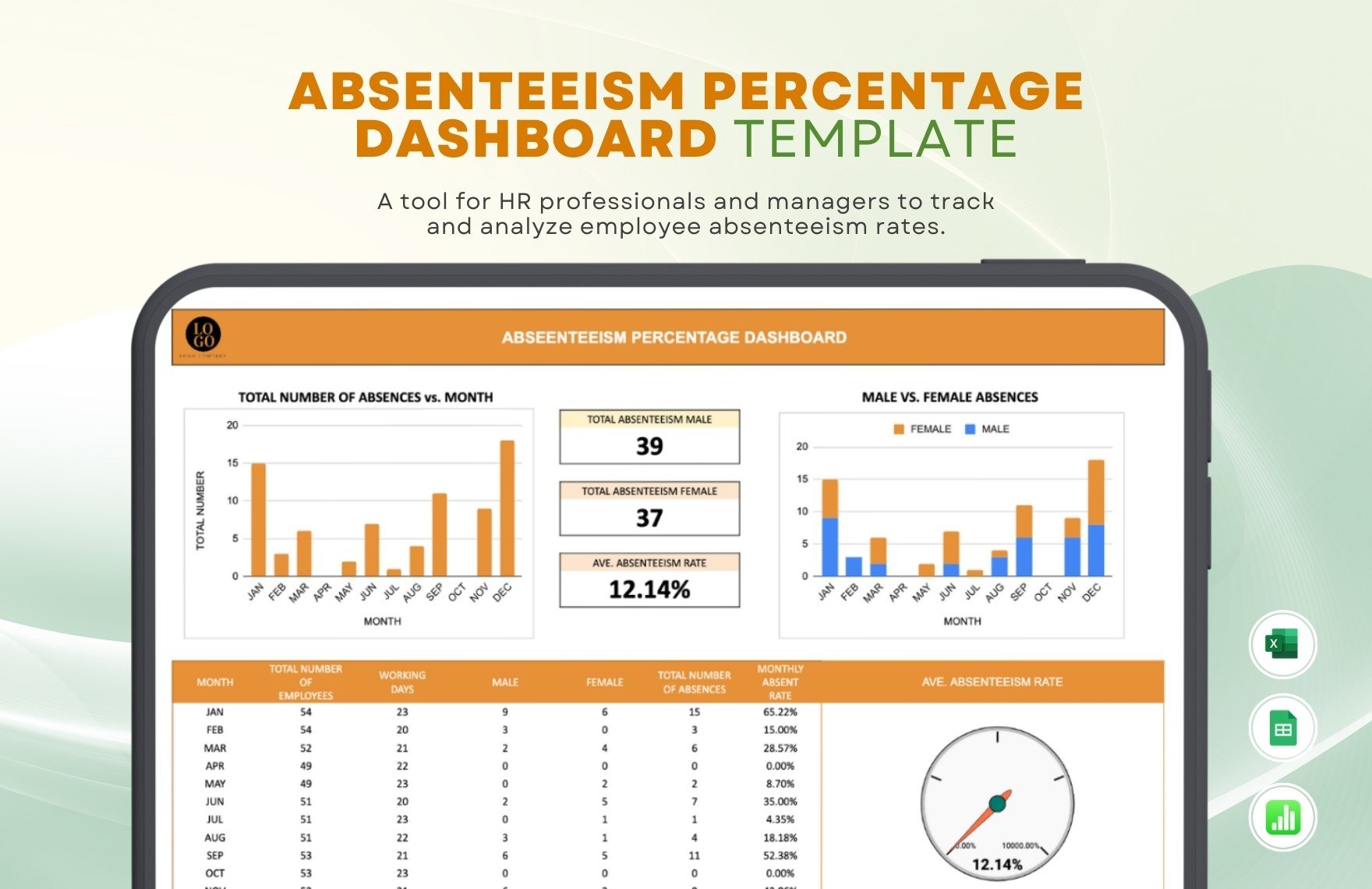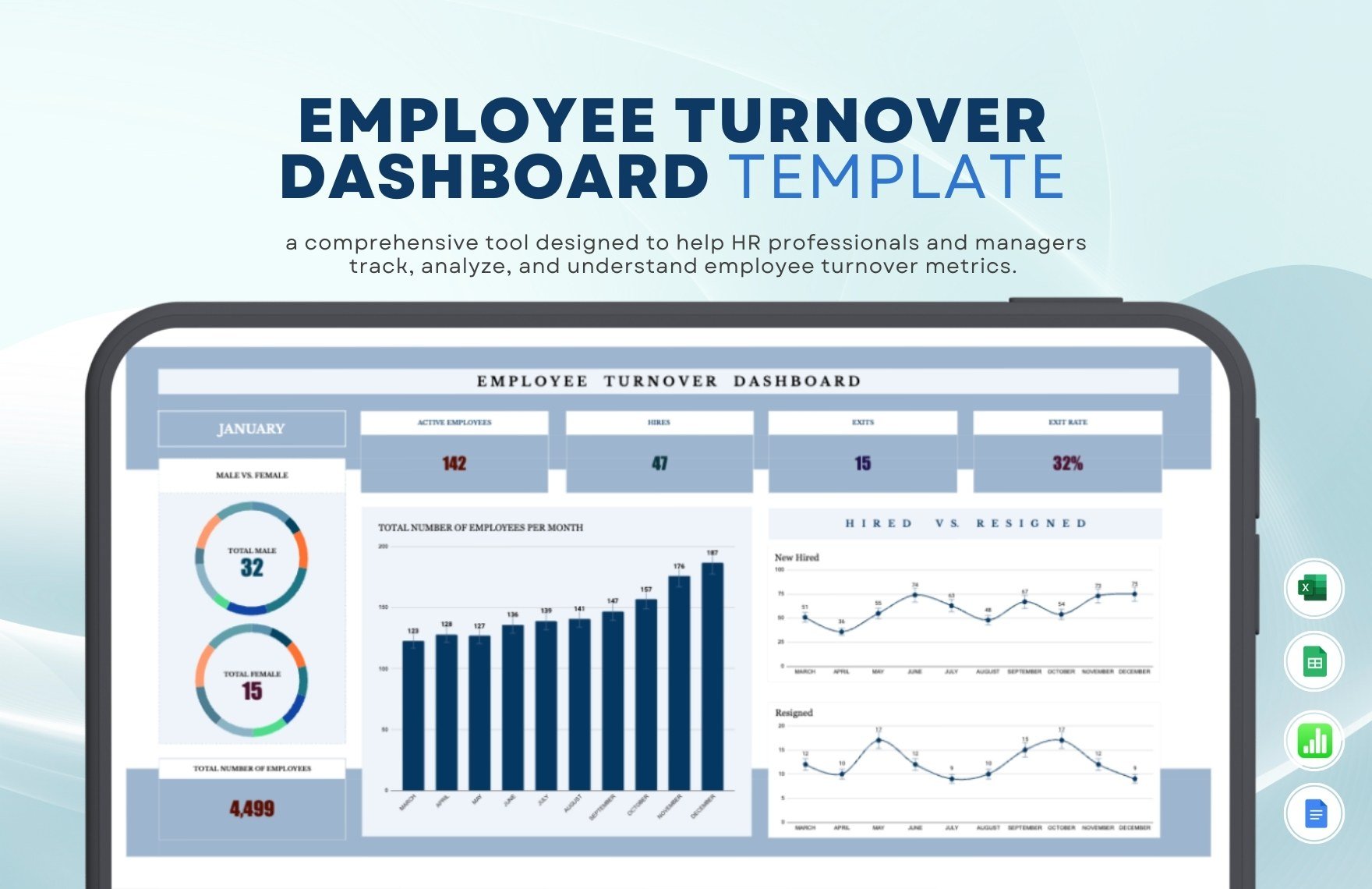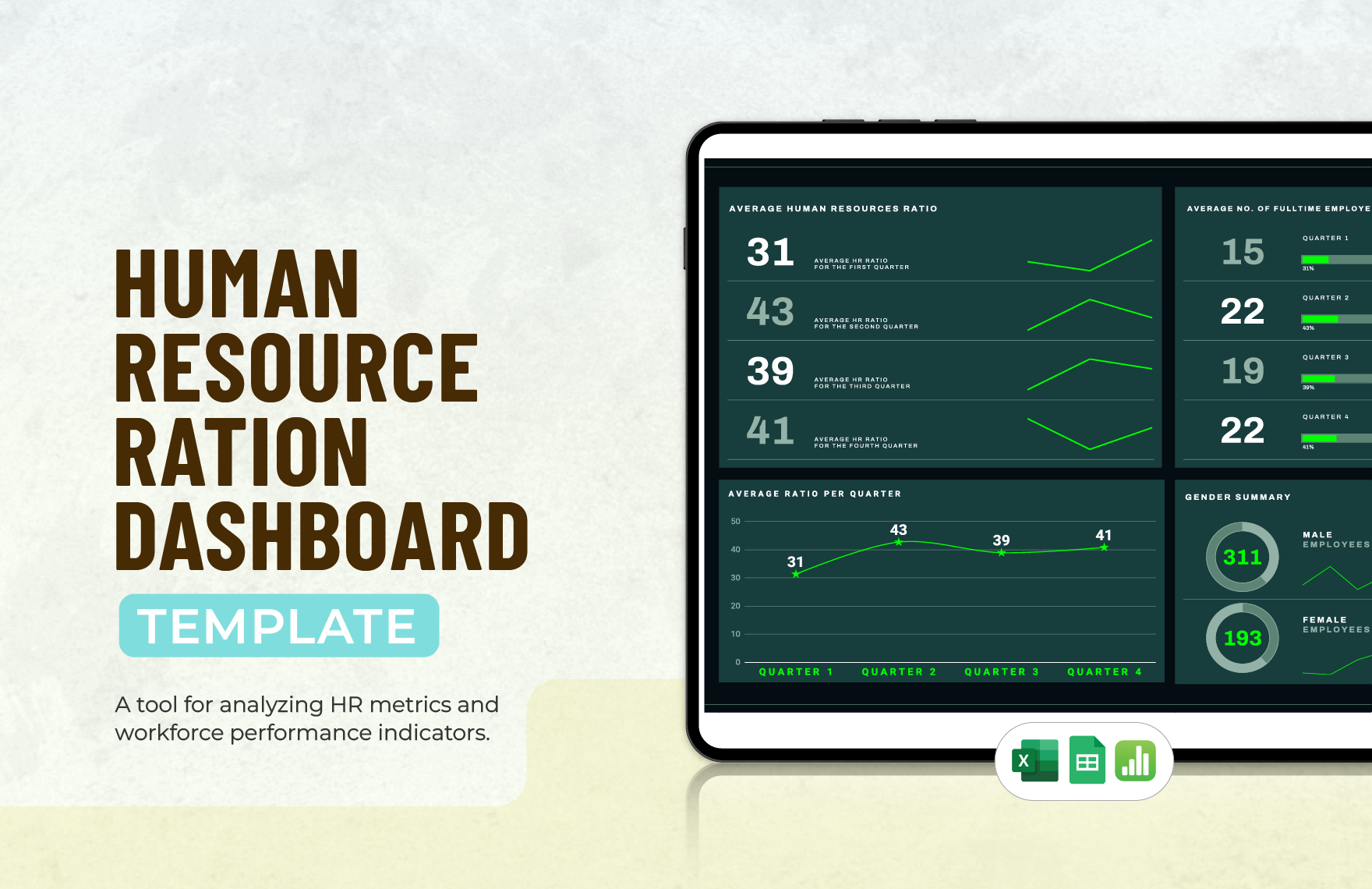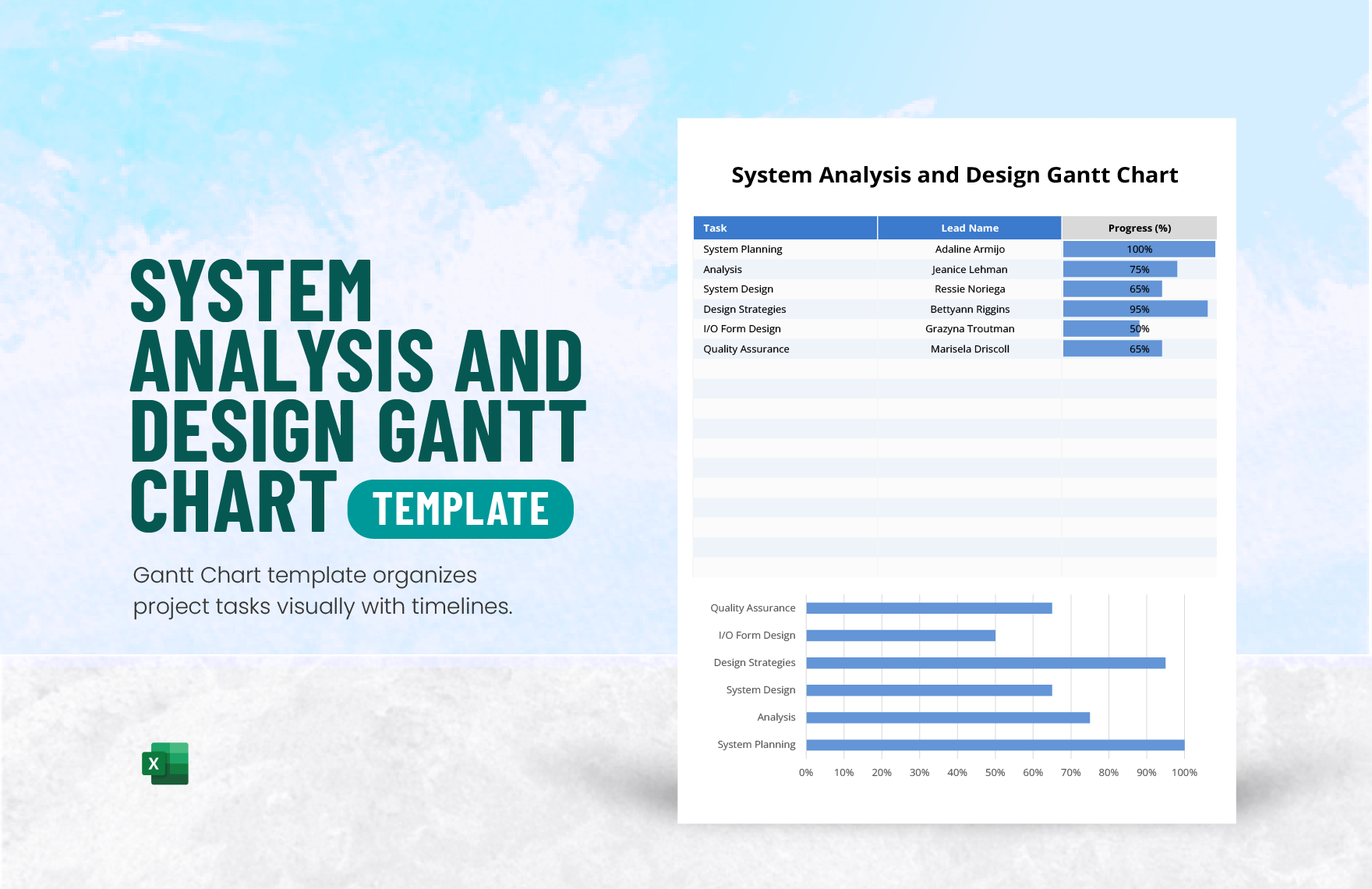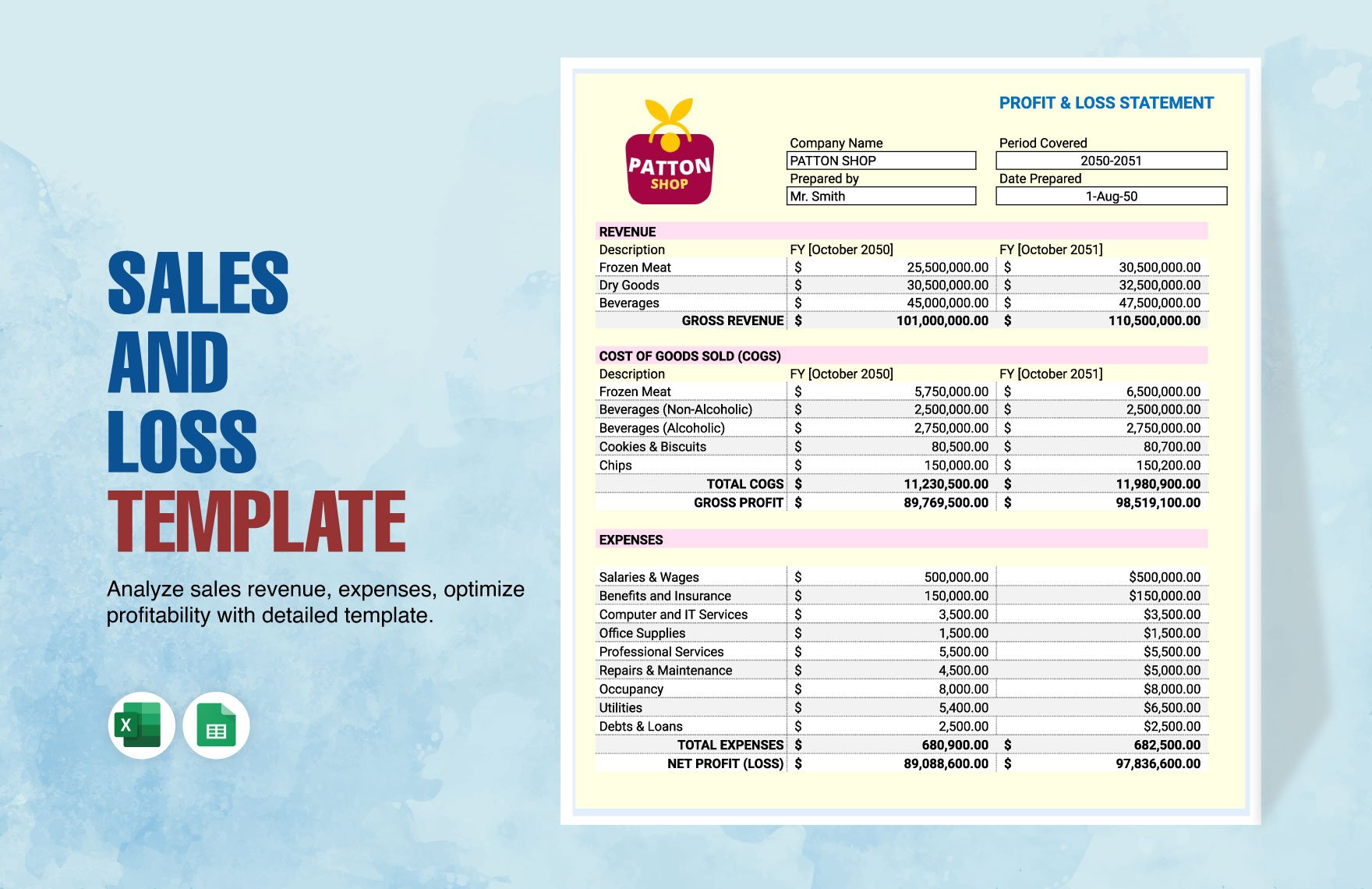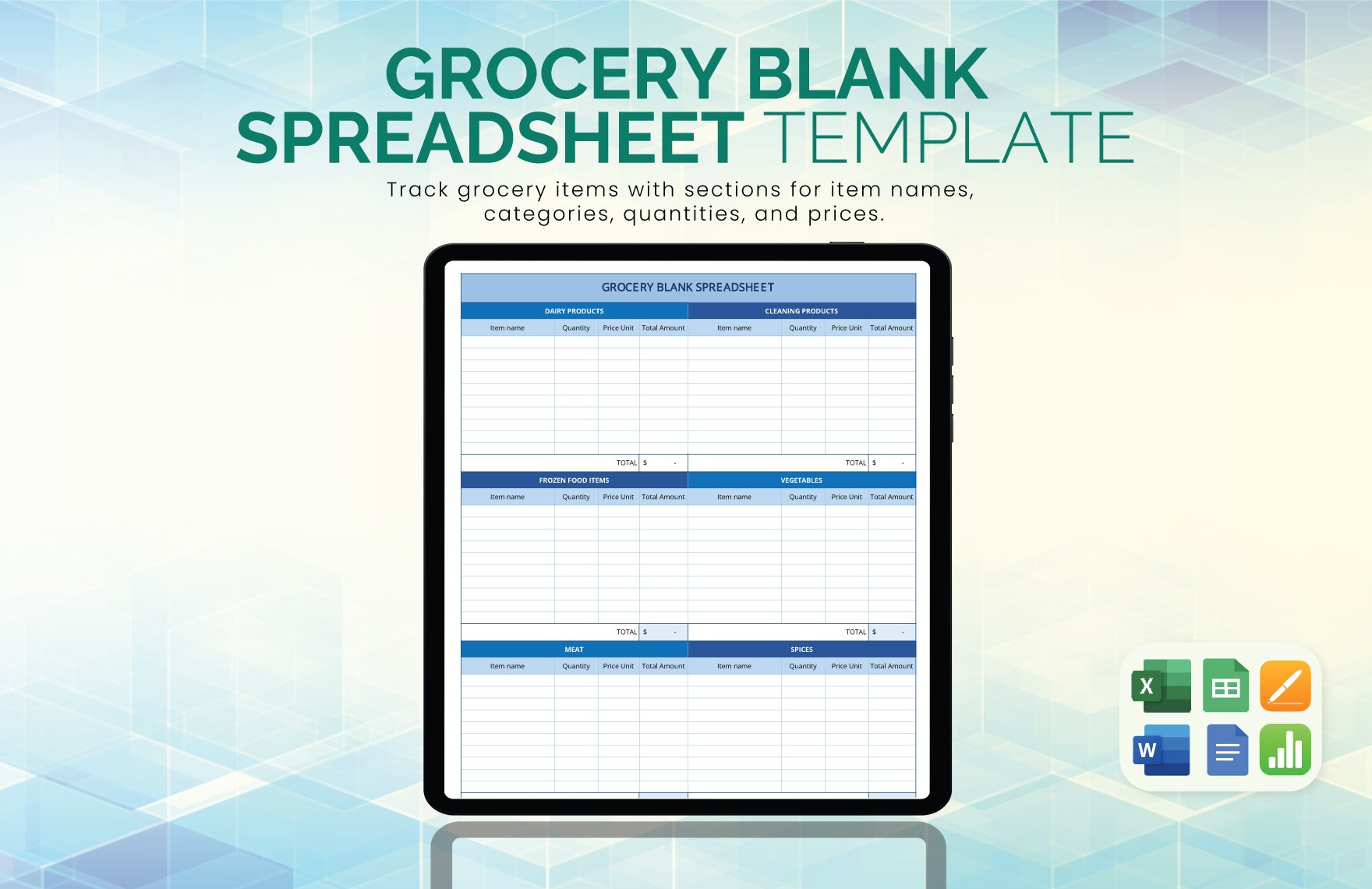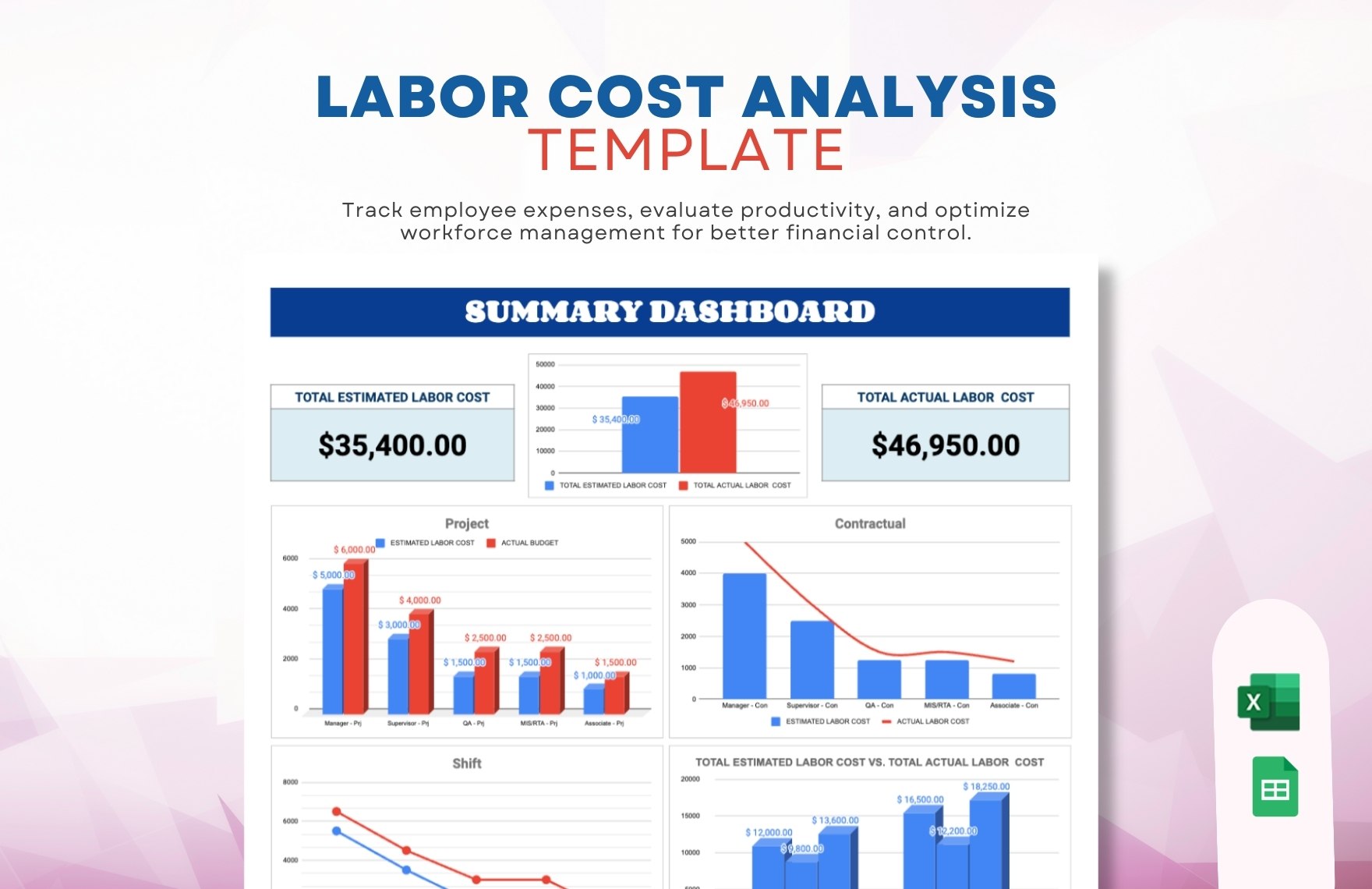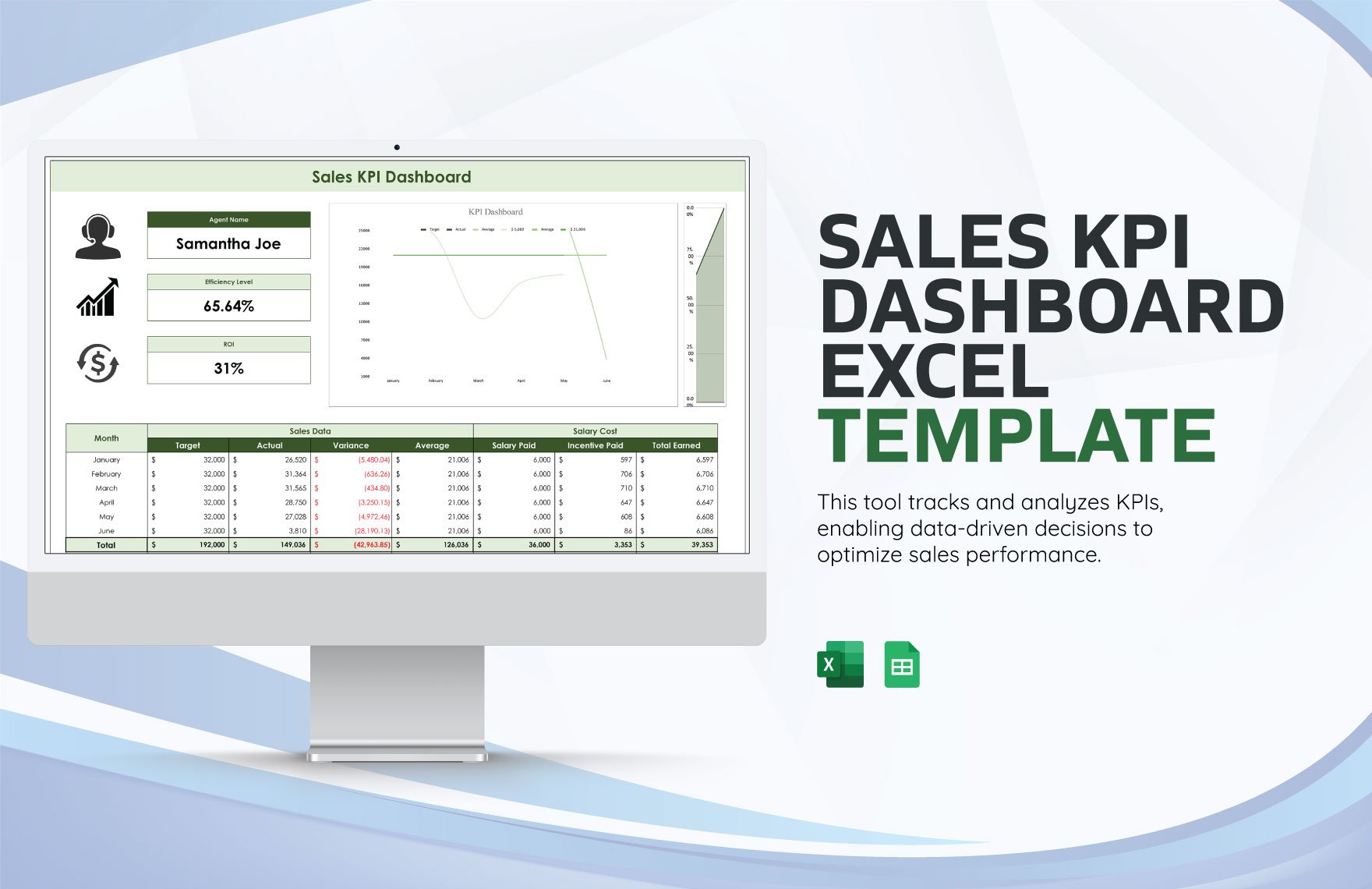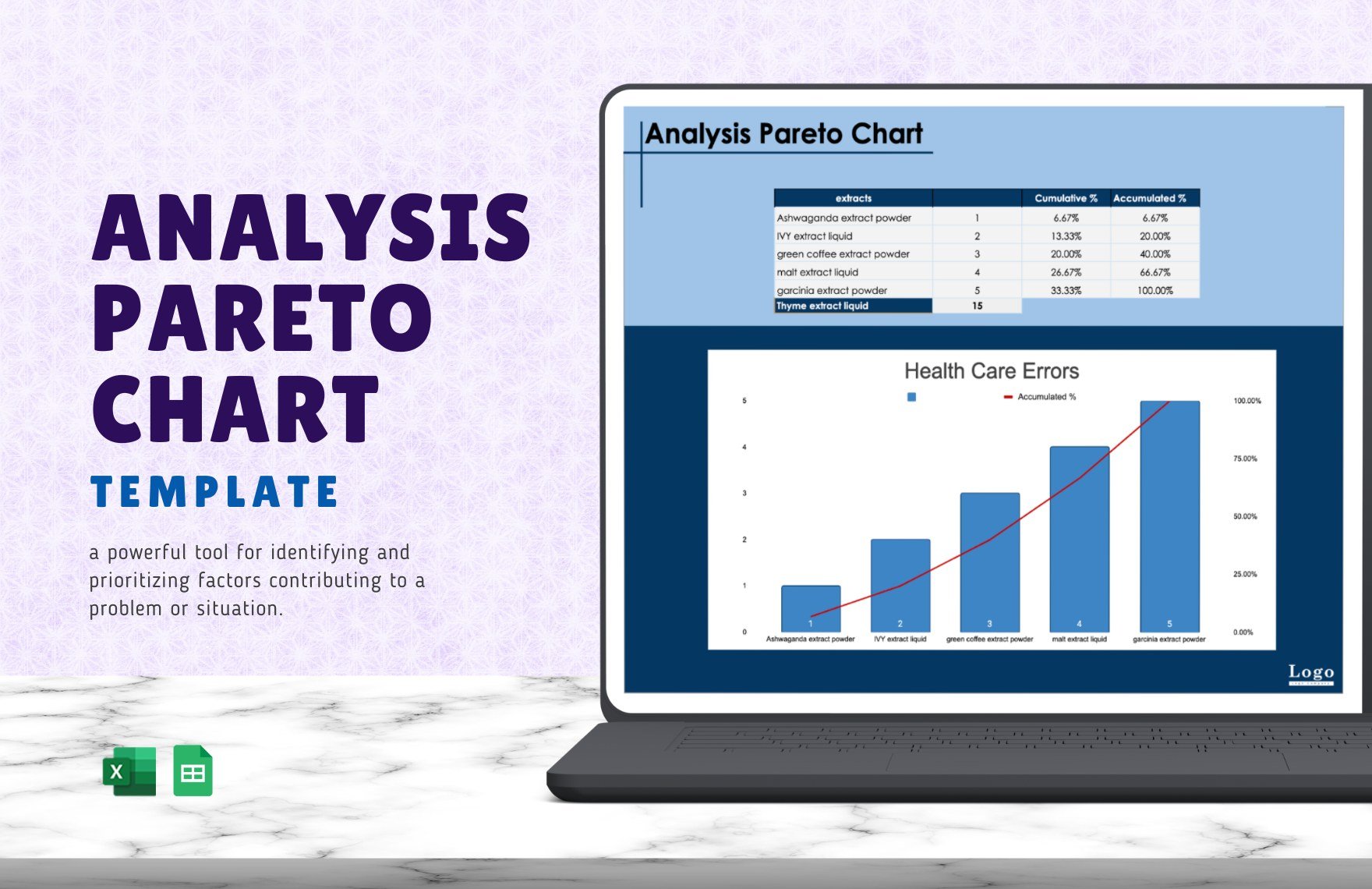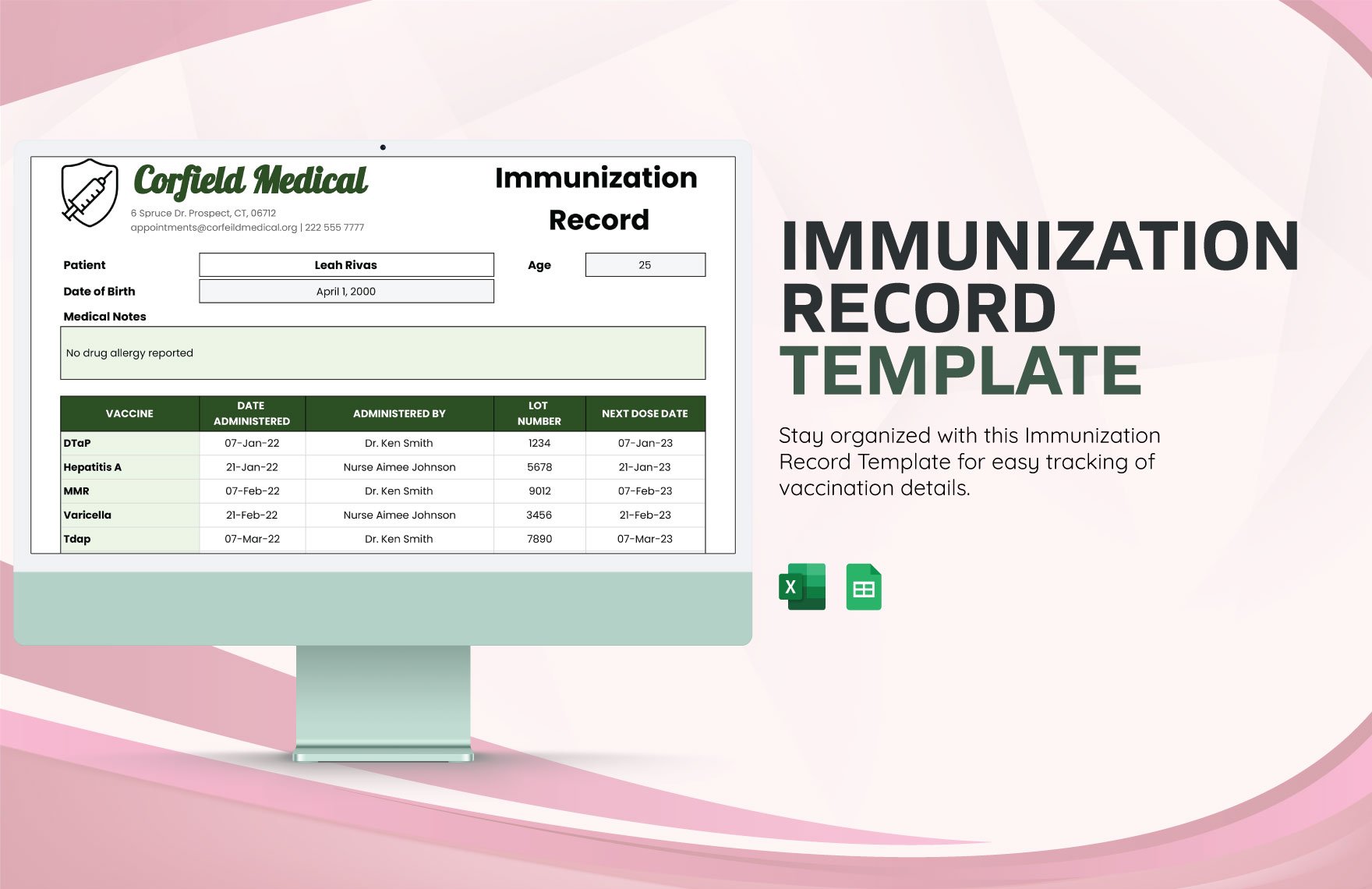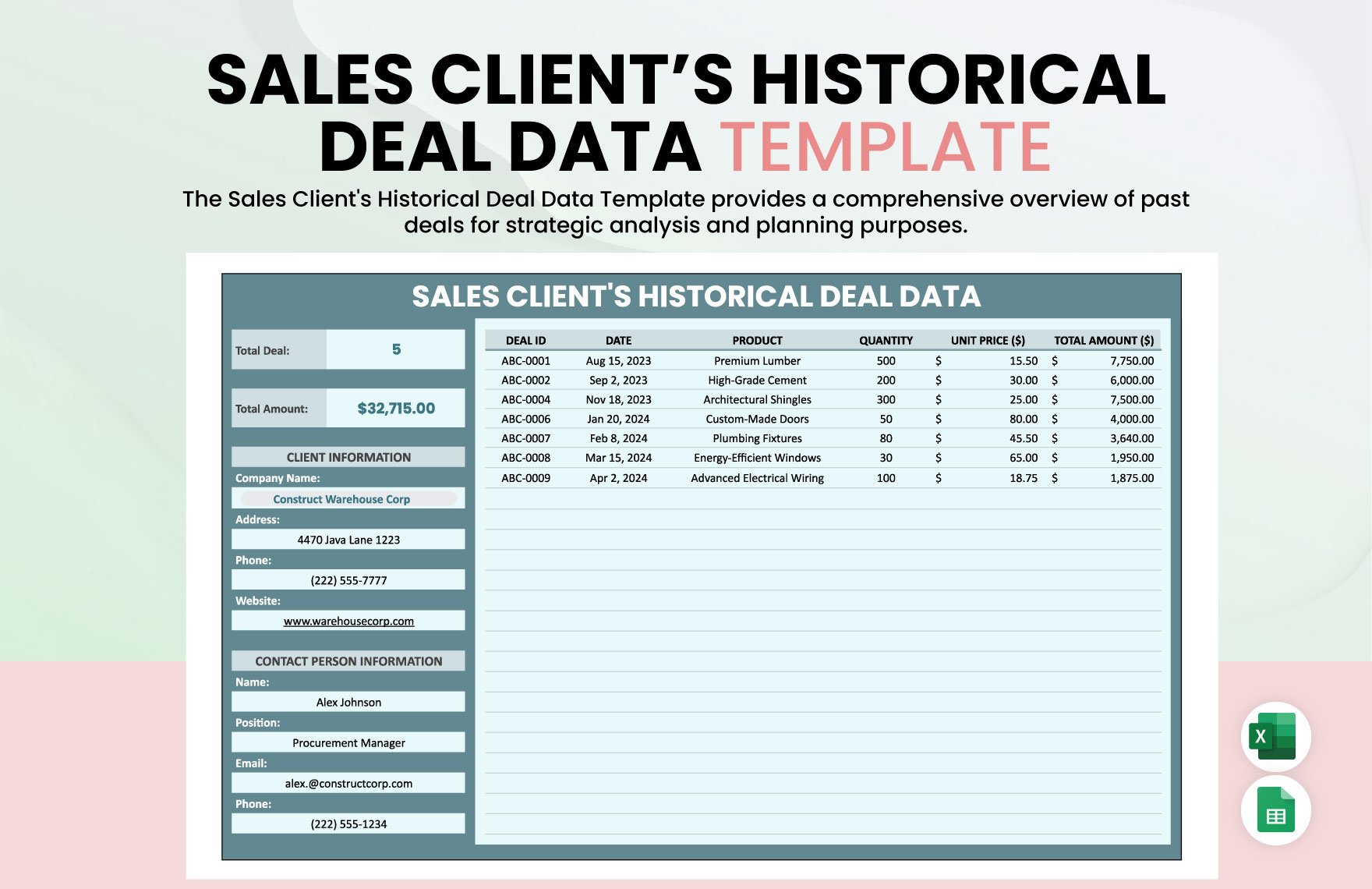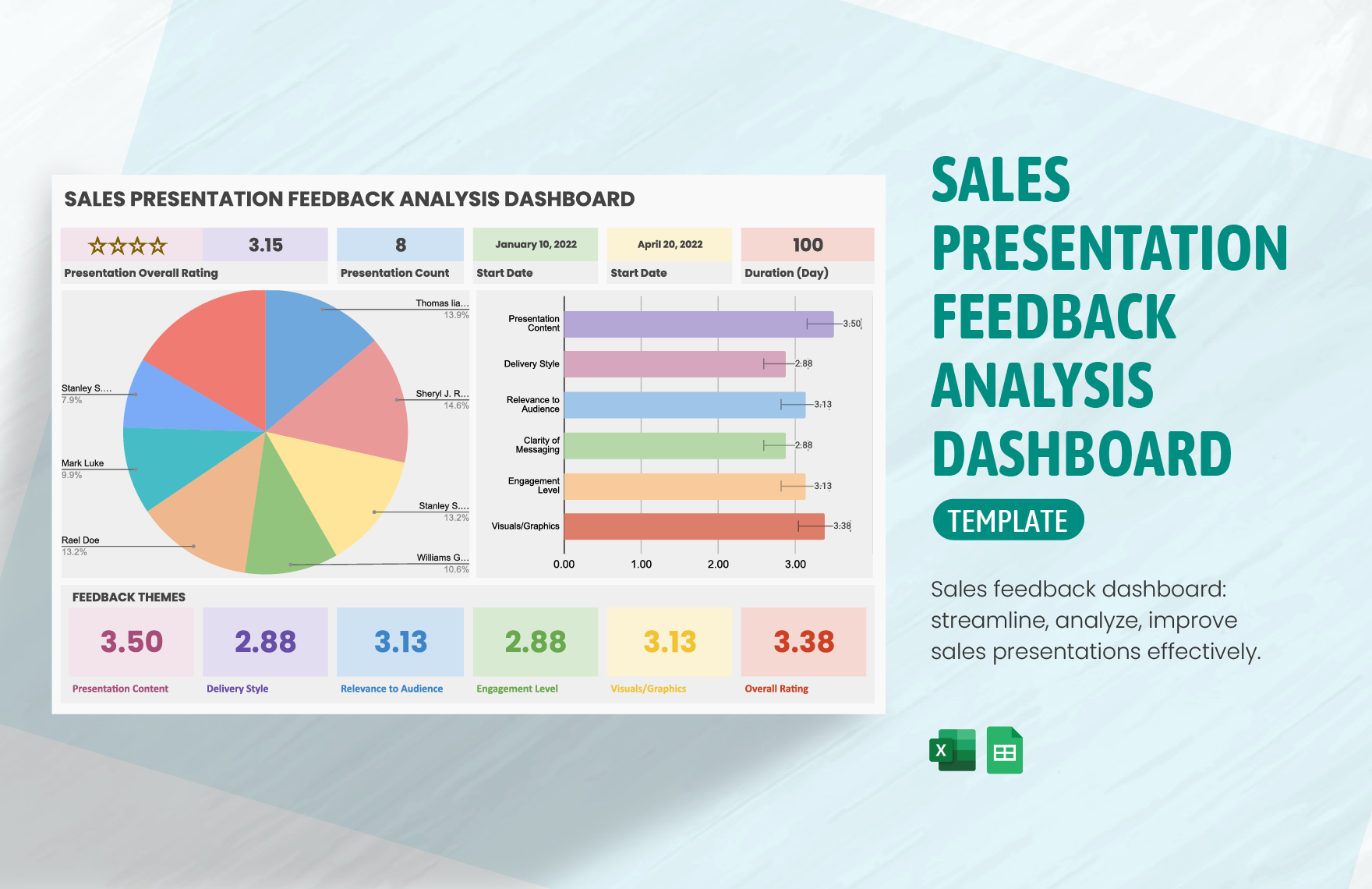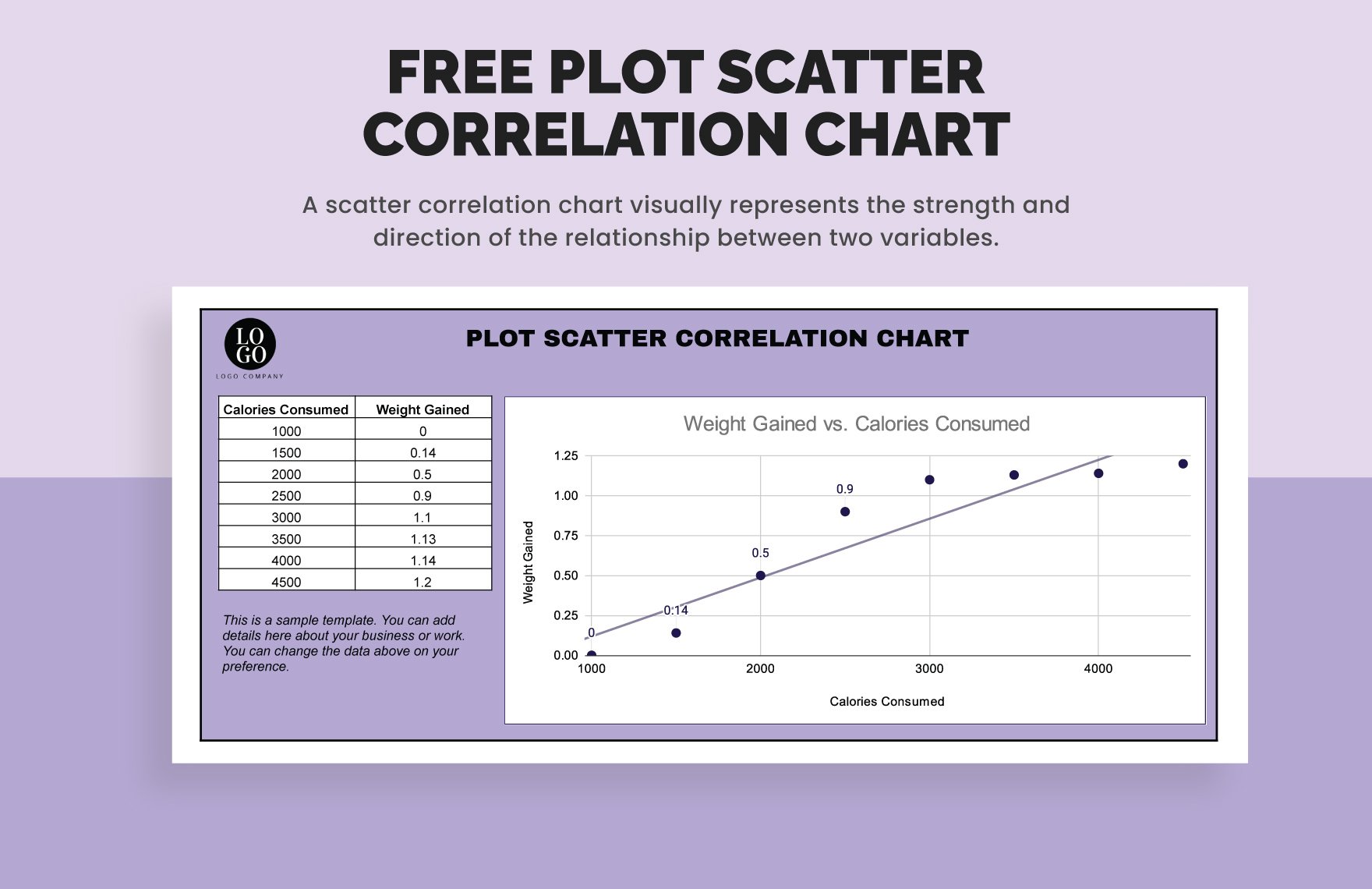Let all variety of ideas form into one concrete conclusion through comprehensive data analysis. Aside from well-organized details, data analysis must be clearly presented and must follow a high-ordered format that any person can comprehend. Through these easily editable Data Analysis Templates, you can now modify your own data analysis needed for your assigned research. These templates are professionally written and are available in Google Docs, MS Word, and Apple Pages file formats. These are printable in A4 and US file sizes. This template has a customizable design that you can easily edit to suit your company’s specifications. These are downloadable in your preferred software.
What is Data Analysis?
Data analysis is a systematic process that uses statistical and logical techniques to gather, interpret, and present data.
This can be done through qualitative or quantitative research. This is a process where data are collected and analyzed to form a whole idea that is essential in business research. Data must be schematic in content.
The data analysis process will depend on the purpose of the research. Research is done in various methods that aim to gather accurate and appropriate analysis of research findings. This follows different methods and data collection to reach a specific goal. Here, data management is crucial but if all are accurate, certainly, it will result in an effective and successful data analysis.
How to Write a Precise Data Analysis?
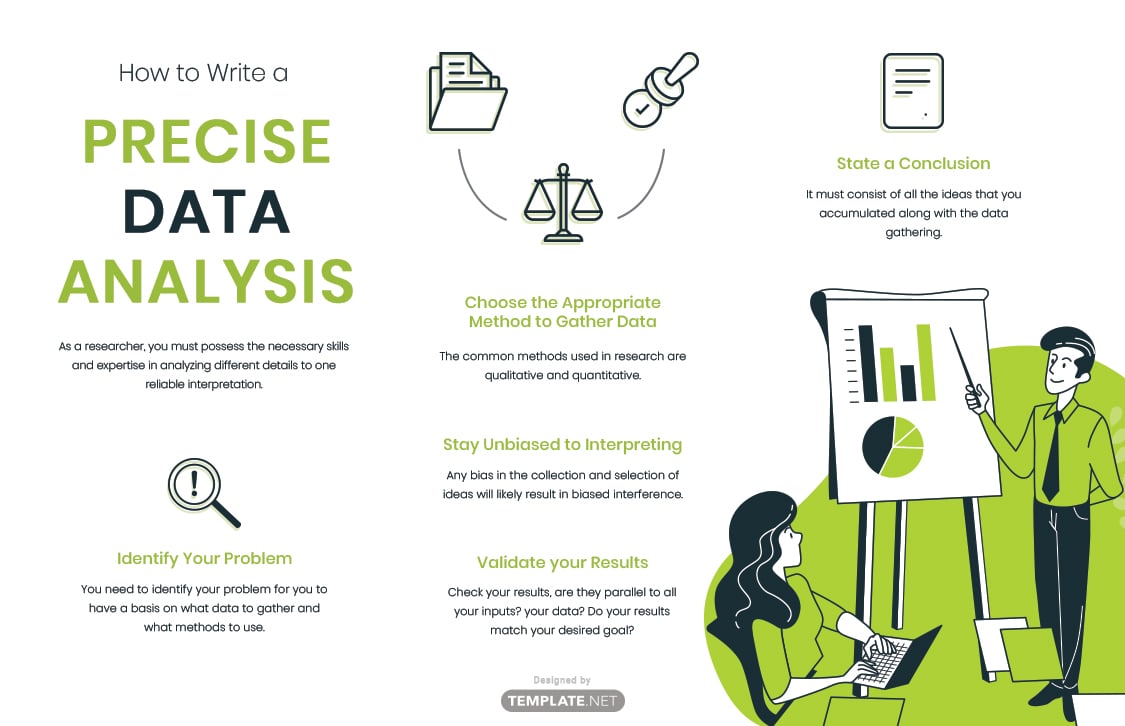
Be it for business or academic purposes, the process of data analysis is always complex and demands careful attention to details and processes. As a researcher, you must possess the necessary skills and expertise in analyzing different details to one reliable interpretation. All your details must be factual because if not, it will distort your research findings and mislead your purpose. Indeed, you have to ensure data integrity. Precise data analysis helps business managers make logical and informed decisions to pull the company upward to success.
Since data analysis is not an easy task to perform, we provided tips for you to ponder before, during, and after your sample analysis.
1. Identify Your Problem
No research can be made without a problem to seek solutions to. You need to identify your problem for you to have a basis on what data to gather and what methods to use. Prioritize your problem, state it specifically as it will guide you to an accurate simple analysis.
2. Choose the Appropriate Method to Gather Data
The common methods used in research are qualitative and quantitative. As mentioned earlier, your choice of method will depend on your problem and what is your projected outcome or result. An appropriate method will contribute to a better result of your research and will remain the systematic process. The qualitative research method gathers non-numerical data. On the other hand, quantitative seeks measurements collected through polls, questionnaires, and surveys.
3. Stay Unbiased to Interpreting
Whether you agree or not to your data, you have to stay unbiased because research is not a personal agreement that you can change based on what you prefer. You have to interpret not modify. Any bias in the collection and selection of ideas will likely result in biased interference. May it be for quantitative or qualitative methods, interpret data according to facts and standards, not opinions and biases.
4. Validate your Results
Check your results, are they parallel to all your inputs? your data? Do your results match your desired goal? Upon structuring the result, you include any graphics that will present the data you collected, and the result you got from these data for the readers who are not fond of reading be informed about it.
5. State a Conclusion
Your conclusion must be brief yet concise. It must consist of all the ideas that you accumulated along with the data gathering. This must be constructed in a way that embodies the entirety of your research.


